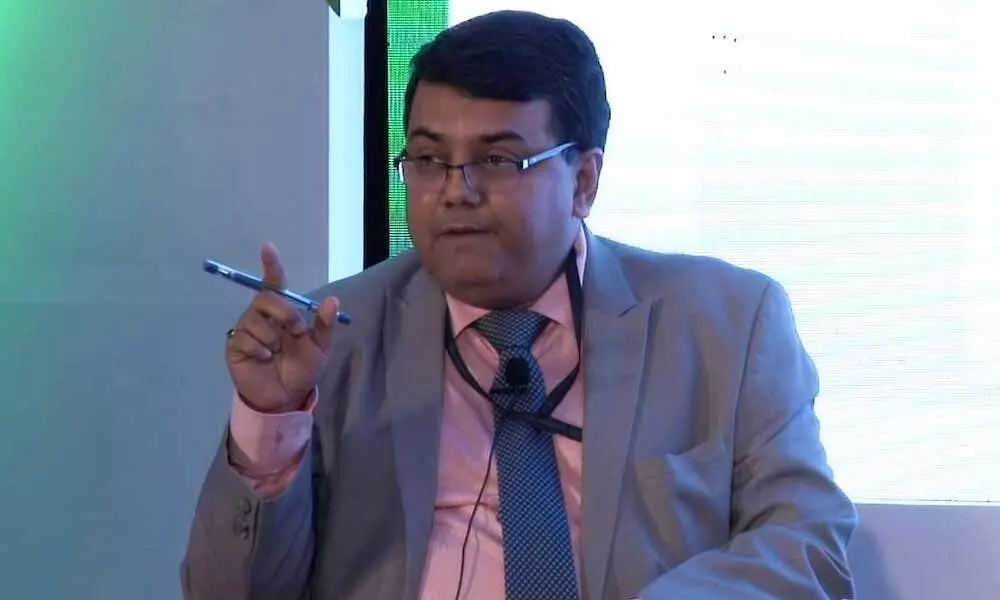Are State borrowings oversized to GSDP?
AP, West Bengal, Maharashtra, Chhattisgarh, UP, Tamil Nadu and Rajasthan borrowed higher than 3% of their actual GSDP
image for illustrative purpose

There's a need to devise a better formula for setting State borrowings and delinking it from advance GSDP estimates, suggests SBI
Mumbai: State borrowings are oversized with respect to Gross State Domestic Product (GSDP), says the findings of an internal research by the country's largest lender, State Bank of India.
As a logical corollary, States get access to higher advance borrowing based on their higher GSDP projections. Certain States including West Bengal, Maharashtra, Andhra Pradesh, Chhattisgarh, Uttar Pradesh, Tamil Nadu and Rajasthan have borrowed higher than 3 per cent of their actual GSDP in either or all the years ending FY21.
Even if we consider the additional borrowing conditions set by the Finance Commission (FC) for the years we find that trend is only getting broad-based, says a report by SBI economists. The FC had recommended that borrowings by States should be linked to the size of the GSDP.
However, this often results in information asymmetry as GSDP numbers of states undergo revisions as like any other macro number. Given the borrowings incentivisation, it also results in states projecting ambitious GSDP numbers during the budget presentations that are only revised downwards later.
"We believe there is a need to devise a better formula for setting State borrowings and delinking it from advance GSDP estimates. In particular, States that are better behaved may be rewarded in terms of an increase in size of the permissible borrowing in the subsequent year where permissible borrowing is scaled up by the lower advance borrowings," says Dr Soumya Kanti Ghosh, Chief Economist, SBI Group.
This scale up can also come at a rate lower than market rate of interest. A similar scheme could be envisaged for states that are borrowing more, with a scale down in the permissible borrowing or the higher advance borrowings may be resorted to only at a rate that is higher than market rate of interest. Another possible solution could be linking of the state borrowing to its own tax revenue, he added.
Such conditional limit on State borrowings finds echo in 15th Finance Commission recommendations also. It may be noted that in FY22, based on the 15th Finance Commission's recommendation, the Centre had allowed States net market borrowing of up to 4 per cent of GSDP, additional 0.5 per cent of GDP conditional borrowing on fulfilment of power sector reforms.
Besides, the total amount of grants given to local bodies has increased. Of the Rs 2.2 lakh crore grants permitted for FY22, only Rs 1.54 lakh crore is unconditional and the remaining Rs 67,105 crore for local bodies is conditional and based on reform of urban local bodies.
Coming to the Centre's revenues, Q1 FY22 tax collection figures are now 36 per cent of the budgeted numbers, showing a higher percentage than was normally observed even before the pandemic. This provides hope that devolution to states will remain robust. Rs 1.17 lakh crore has already been transferred to states as devolution by the Centre till Q1 FY22.

